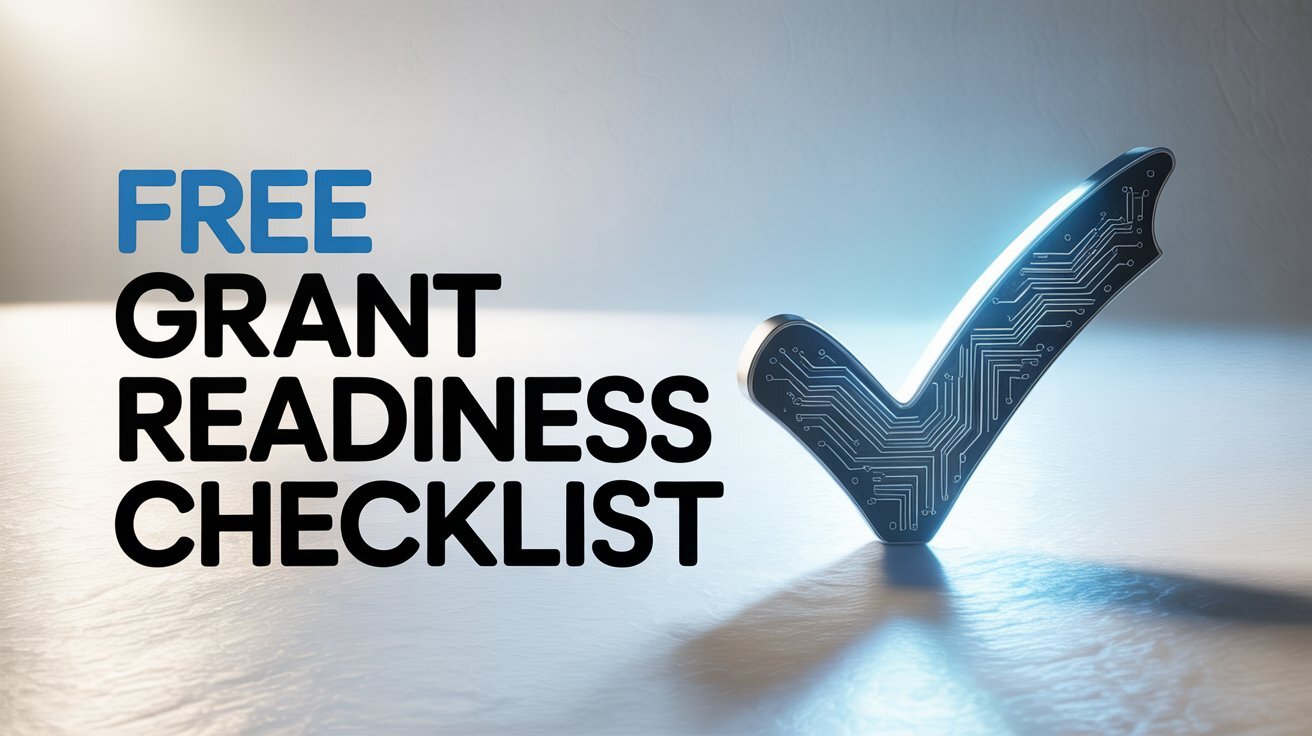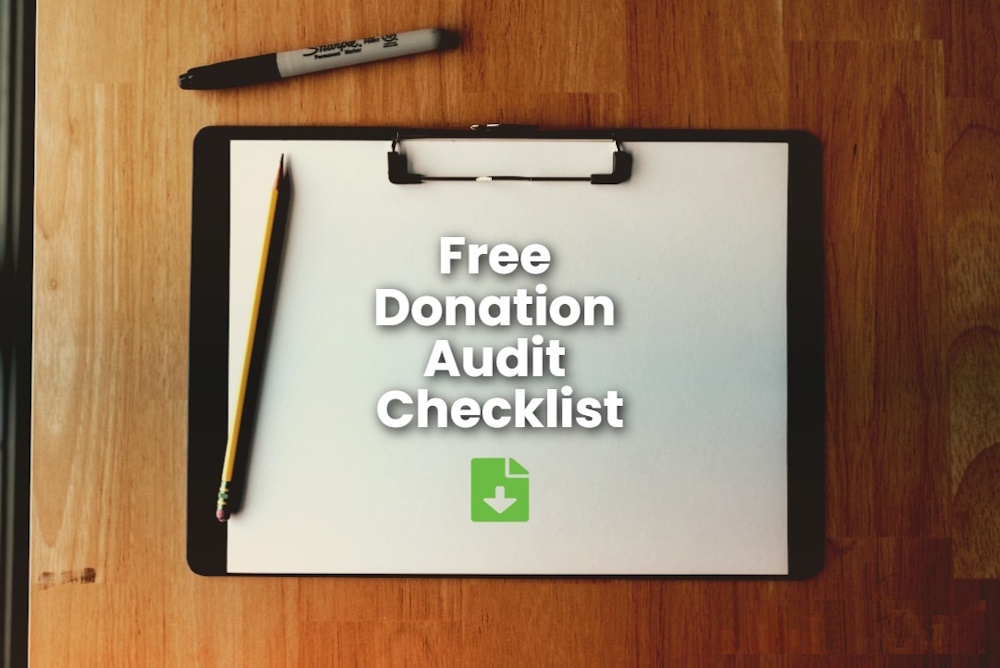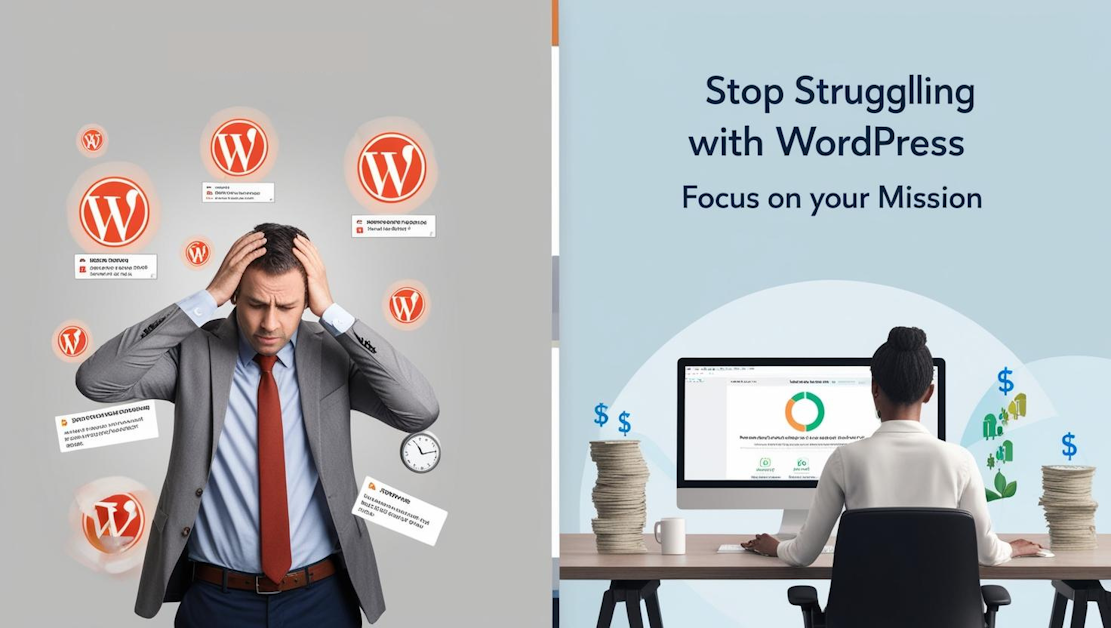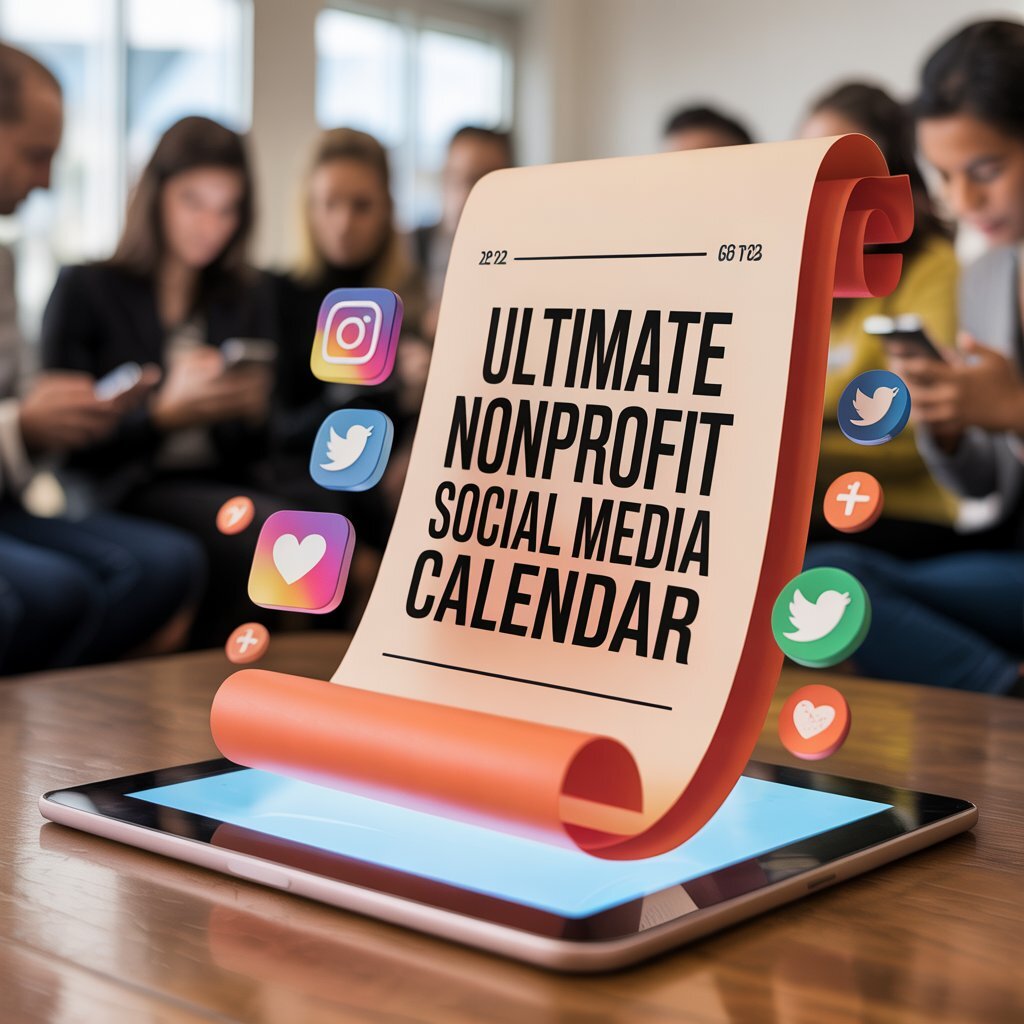In today's competitive funding landscape, your nonprofit's website plays a crucial role in grant success that many organizations overlook. When potential funders research your organization—and they will—your website serves as both first impression and comprehensive portfolio. At WebAssist, we've analyzed hundreds of nonprofit websites and identified specific elements that can dramatically improve your grant success rates.
Why Your Website Matters to Grantmakers
Before we dive into the specific elements, let's understand why your website is critically important to grant success:
- 83% of foundation representatives report visiting an applicant's website before making funding decisions
- Grant reviewers spend an average of 7.6 minutes exploring your website during evaluation
- Organizations with professional, updated websites receive 41% more funding on average than those with outdated or incomplete sites
This isn't surprising when you consider that your website demonstrates your organizational capacity, attention to detail, and professionalism—all elements funders evaluate when determining if you can responsibly manage their investment.
The 10 Website Elements That Improve Grant Success
1. Clear, Measurable Impact Statements
Grant reviewers need to quickly understand your effectiveness. Your website should prominently feature:
- Specific, quantifiable outcomes (e.g., "Provided 14,320 meals to food-insecure families in 2024")
- Visual representation of your impact (charts, infographics)
- Year-over-year comparisons showing growth or improvement
Implementation Tip: Create a dedicated "Our Impact" page linked directly from your main navigation, featuring your three most impressive metrics above the fold.
2. Transparent Financial Information
Foundations prioritize financial responsibility. Your website should include:
- Annual reports for at least the past three years
- Financial statements or summaries
- Program expense ratios
- Funding allocation breakdowns
Real Example: The Community Health Initiative improved their grant approval rate by 27% after adding a "Financial Stewardship" section that clearly illustrated how 89% of all funding directly supported program services.
3. Board and Leadership Credentials
Grantmakers fund people as much as programs. Strengthen credibility with:
- Professional headshots of all leadership team members and board
- Relevant experience and qualifications
- Diversity representation
- Community connections
Implementation Tip: Include board members' professional affiliations to demonstrate community connections and organizational reach.
4. Structured Program Documentation
Detailed program information helps grant reviewers understand your approach:
- Clear program methodology
- Target population demographics
- Service delivery models
- Evaluation frameworks
Real Example: Youth Empowerment Network secured a $175,000 grant after restructuring their website to include detailed program logic models and evaluation frameworks for each program area.
5. Strategic Plan Visibility
Demonstrating long-term vision reassures funders of sustainability:
- Mission, vision, values statements
- 3-5 year strategic goals
- Organizational milestone timeline
- Future growth objectives
Implementation Tip: Create a visual roadmap showing your organization's journey and future direction rather than burying your strategic plan in a lengthy PDF.
6. Evidence of Collaborative Partnerships
Funders value collaboration over competition:
- Partner organization logos and descriptions
- Joint initiative outcomes
- Testimonials from community partners
- Collective impact frameworks
Real Example: A regional environmental coalition secured 156% more grant funding after creating an interactive partnership map demonstrating their collaborative approach to watershed protection.
7. Beneficiary Stories and Testimonials
Putting real faces to your work creates emotional connection:
- Ethical storytelling with beneficiary permission
- Video testimonials (highest impact)
- Before-and-after narratives
- Direct quotes from program participants
Implementation Tip: Create balanced storytelling that emphasizes dignity and empowerment rather than focusing solely on challenges or deficits.
8. Research and Evidence Base
Demonstrate your work is informed by best practices:
- Citations of relevant research
- Program evaluation results
- White papers or original research
- Data collection methodologies
Real Example: A mental health nonprofit secured a prestigious federal grant after adding a "Research & Evaluation" section showcasing their evidence-based intervention model and preliminary outcomes.
9. Grant History and Funder Acknowledgment
Building on past success increases confidence:
- List of past and current funders (with permission)
- Grant project outcomes and achievements
- Recognition of funder partnerships
- Impact statements tied to specific funding
Implementation Tip: Create a dedicated "Our Supporters" page that respectfully acknowledges funders while demonstrating your track record of successful grant management.
10. Clear Calls to Action for Funders
Make it easy for interested funders to connect:
- Dedicated "For Funders" section
- Grant-specific contact information
- Funding priorities clearly stated
- Required documentation readily available
Real Example: An arts organization created a password-protected portal for funders containing all commonly requested documents, resulting in a 40% increase in funding inquiries.
Website Elements That Hurt Your Grant Chances
Equally important is avoiding elements that send red flags to funders:
- Outdated content: Content more than 18 months old suggests organizational stagnation
- Broken links: Implies lack of attention to detail
- Poor mobile experience: 67% of grant reviewers report accessing nonprofit websites via mobile devices
- Inconsistent messaging: Misalignment between website language and grant proposals
- Missing Form 990 information: Suggests lack of transparency
The Technical Foundation for Grant Success
Beyond content, the technical performance of your website matters to grantmakers. Grant reviewers report negative impressions from:
- Slow page loading (abandonment at 4+ seconds)
- Security warnings or expired certificates
- Poor accessibility features
- Complicated navigation systems
The WebAssist Advantage for Grant-Seeking Nonprofits
At WebAssist, we specialize in creating and maintaining nonprofit websites that are specifically optimized for fundraising and grant success. Our team understands the unique elements that impress foundation representatives and grant reviewers.
Unlike general web hosting services or DIY WordPress solutions, our approach includes:
- Grant-focused content strategy: We help identify and highlight the specific information grantmakers seek
- Technical security and reliability: No downtime or security concerns during critical grant review periods
- Regular updates aligned with funding cycles: Strategic refreshes before major foundation deadlines
- Integrated grant documentation systems: Secure storage and presentation of grant-required documents
Ready to Improve Your Grant Success Rate?
Download our free Nonprofit Website Grant Readiness Checklist to assess your current website's effectiveness for grant applications. This comprehensive tool includes:
- Self-assessment scoring system
- Priority recommendations for immediate improvements
- Timeline suggestions aligned with typical grant cycles
- Technical requirements checklist
Download the Grant Readiness Checklist
Expert Insight: What Grant Reviewers Actually Look For
- They spend an average of 7.6 minutes on your website during evaluation
- 91% look for impact data and financial transparency
- 78% report that website presentation influences their perception of organizational capacity
- 64% have decided against recommending funding based on website deficiencies
Next Steps for Your Organization
Your website should be actively supporting—not hindering—your grant acquisition efforts. As a next step:
- Download our Grant Readiness Checklist
- Schedule a free 30-minute website assessment with our nonprofit specialists
- Implement the highest-priority improvements before your next grant cycle
Remember: Foundations receive far more worthy applications than they can fund. Your website often serves as the tiebreaker between equally qualified organizations.
Contact WebAssist today to ensure your nonprofit's digital presence is helping, not hurting, your grant acquisition efforts. Let us handle your web presence so you can focus on what matters most—your mission.
WebAssist specializes in providing comprehensive web hosting and content support services for nonprofit organizations.
#WebHosting #GrantSuccess #NonprofitTech




